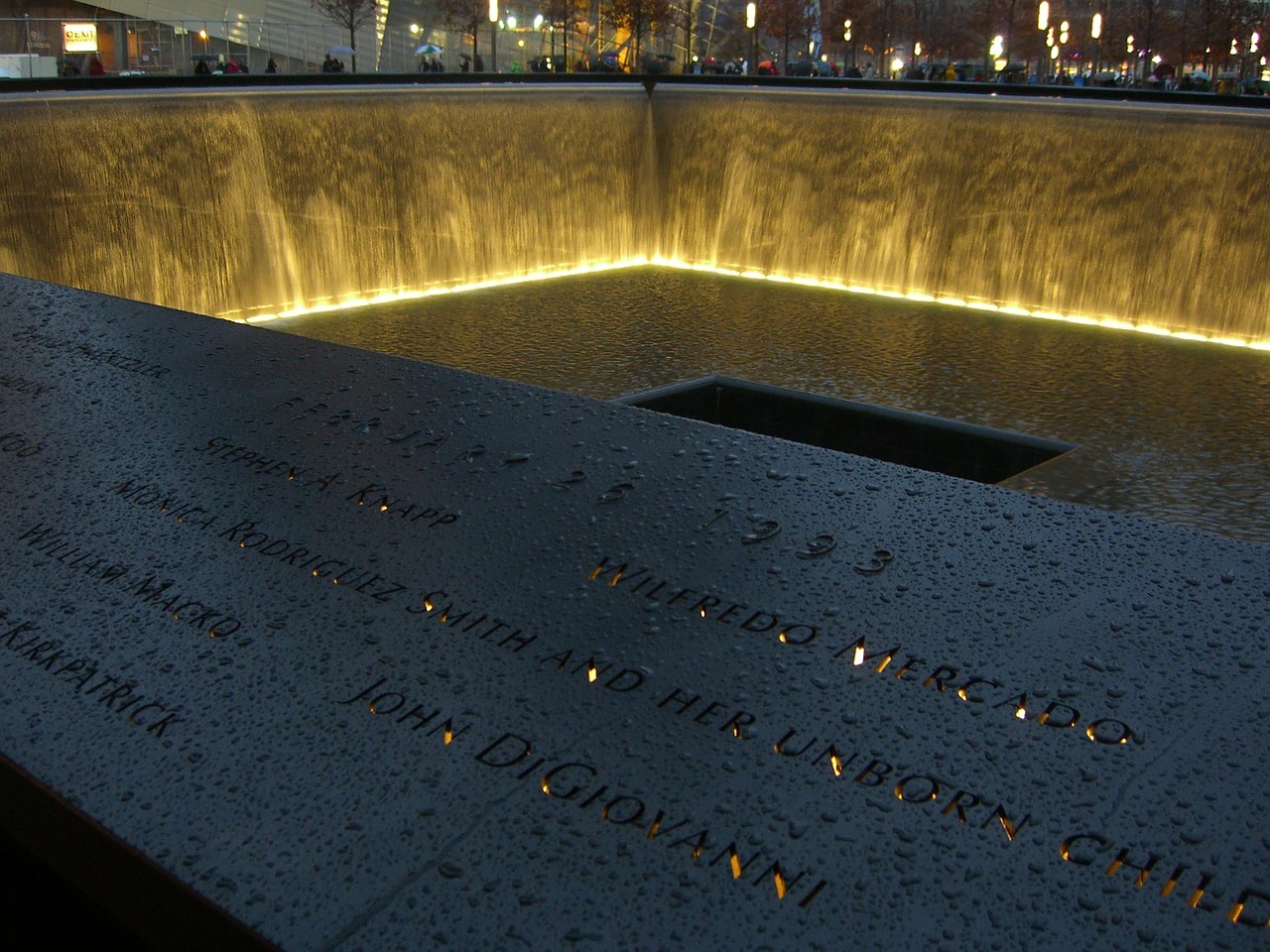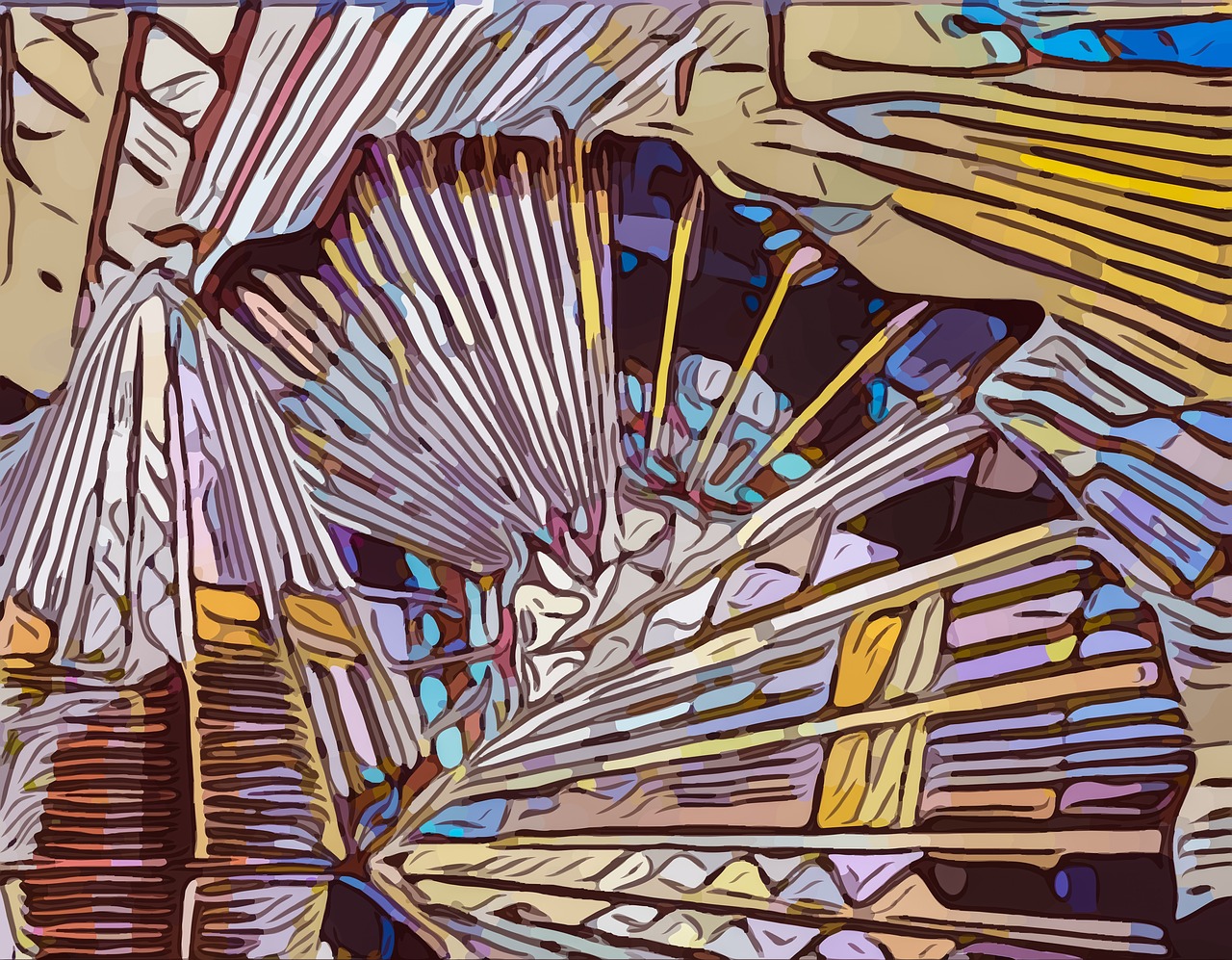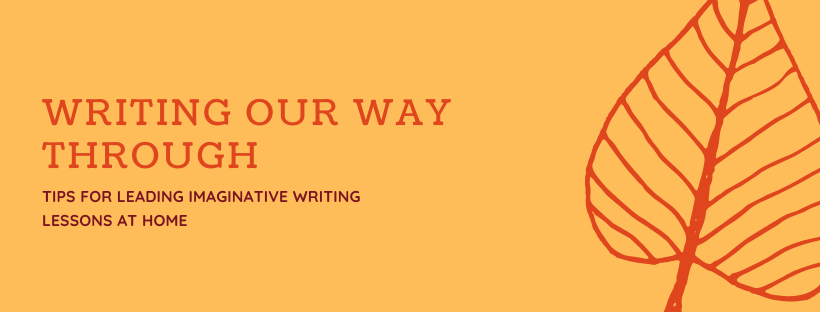Following the attacks on September 11, 2001, I wanted to do something with my two Columbia University creative writing classes that addressed the disaster we had all just experienced. Each of the lessons I planned for my first class went awry. I began by asking my students to free write for five minutes in response to Billie Holiday’s rendition of “Gloomy Sunday.” One student asked, “Do we have to write about the song?” I sensed she was not alone in resisting the song’s abjection. Next, I read them Emily Dickinson’s Poem 341 [“After great pain, a formal feeling comes—”] It became evident to me, as we discussed this difficult poem, that in my haste I hadn’t studied it thoroughly enough to guide a group of smart undergraduates through it. Then we tried to talk about a poem one student had written in response to the attacks. This didn’t go much better. By the end of the period, and despite everyone’s patience, the student was dissatisfied and hurt. I think a lot of us were.
With my second class I took a different approach. On September 4, the first day of the semester, I had given my students an ongoing journal-writing assignment. I got the idea for the assignment from The Beauty of the Husband, Anne Carson’s book-length narrative poem about a marriage and its collapse. In one of the late chapters, the poem’s narrator writes:
There was a branch I used to watch from my back
kitchen window
and gradually began to keep a record of it
almost every day
in elegiac couplets,
for example:Foaming against its own green Cheek it cools
in brief
or seems to cool each underleaf
The narrator quotes eight couplets in all, and then writes,
Well I won’t bore you with the whole annal.
Point is, in total so far, 5820 elegiacs.
Which occupy 53 wirebound notebooks.
Piled on four shelves in the back kitchen.
And would take maybe a night and a day and a night to read through.
With fervor.
That day, I had asked my students to pick an object and write a couplet about it at least three times a week for the next month and a half. I added that a poet could do worse than to emulate this narrator’s obsessive behavior, not to mention her fervor.
It had occurred to me as I gave the assignment that the objects my students wrote about might become repositories for whatever events or ideas or feelings were relevant to them while they were writing. On the Tuesday following September 11, I asked if any of them had been able to use their two-line études to respond to what had happened to our city. Indeed, some had, and as they read them aloud, I found myself powerfully affected by what I was hearing. I think the concreteness and directness of this tiny form had enabled it, paradoxically, to address the event’s monumentality. Here is one about a hand:
A hand lies trembling in the street.
It has no mouth, it cannot speak;
It cannot run, it has no feet.—John Ray Abernathy
Sze wrote the first of these two couplets about the view from her window on Monday the 10th, the day before the attack; the second she wrote on Saturday the 15th, after a day of rain:
Sitting quietly with a faraway look,
a child immersed in a book.The stars are black tonight but
the child is not in sight.—Sze Kwan Chan
Sasha wrote her couplets about a fish:
I am seeing the same thing everywhere—
My fish’s body, too, unfurls like a red banner.—Sasha Heroy
Katherine’s object was the window of her dorm room:
Slightly cracked, the shades halfway blinding the
storm-darkened sky
Am I safe behind the glass?I see through it the tree with leaves falling one by one
Like the tears from my heart when I remember—Katherine Griffith
This article is reprinted from the Nov/Dec 2001 issue of Teachers & Writers Magazine (Volume 33, No. 2).



